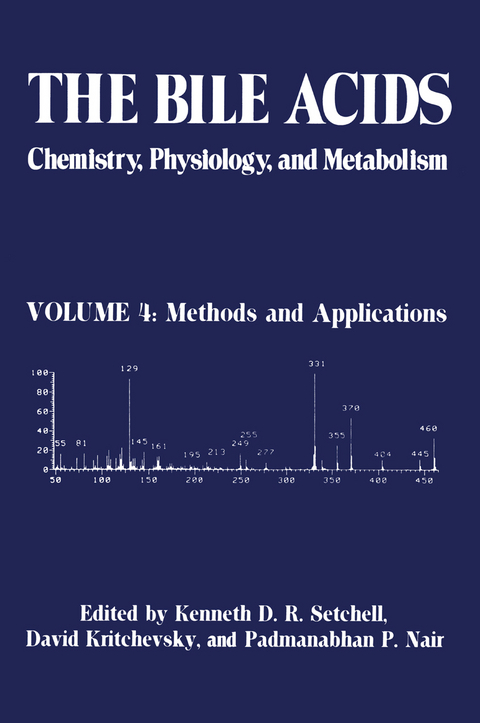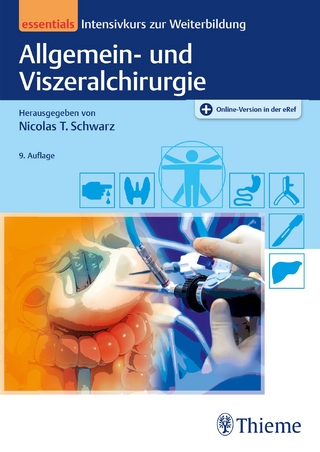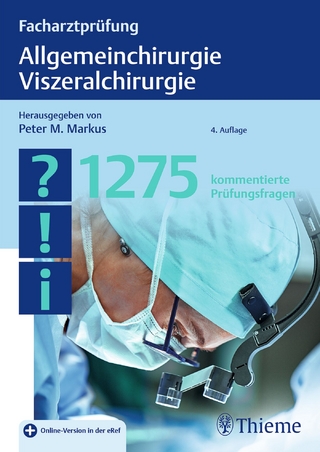
The Bile Acids: Chemistry, Physiology, and Metabolism
Springer-Verlag New York Inc.
978-1-4612-8236-5 (ISBN)
1 Techniques for Extraction and Group Separation of Bile Acids.- 1. Introduction.- 2. Extraction.- 3. Purification and Group Separation.- 4. Hydrolysis and Solvolysis.- 5. Conclusions.- References.- 2 High-Performance Liquid Chromatography.- 1. Introduction.- 2. Chromatographic Behavior of Bile Acids.- 3. Detection Methods.- 4. Application of HPLC to Biological Specimens.- 5. Conclusions.- References.- 3 Nuclear Magnetic Resonance.- 1. Introduction: Why Use NMR for Bile Acids?.- 2. Basic Principles of NMR.- 3. Proton NMR of Bile Acids.- 4. 13C NMR of Bile Acids.- 5. Recent Advances in NMR Spectroscopy.- 6. Application of NMR to the Physical Chemistry of Bile Acids.- 7. NMR in the Biosynthesis and Metabolism of Bile Acids.- 8. ConclUding Remarks.- References.- 4 X-Ray Crystallography.- l. Introduction.- 2. X-Ray Diffraction by Single Crystals.- 3. Sample Preparation.- 4. Experimental Measurements.- 5. Structure Determination.- 6. Interpretation of Results.- 7. Pitfalls.- 8. Examples.- References.- 5 Mass Spectrometry of Bile Acids.- 1. Introduction.- 2. Principles and Instrumentation.- 3. Ionization Methods.- 4. Methods of Sample Introduction.- 5. Mass Spectrometric Fragmentation of Bile Acids.- 6. Quantitative Analysis of Bile Acids.- 7. Bile Acids Labeled with Stable Isotopes.- 8. Application of Mass Spectrometry to the Determination of Bile Acids in Biological Fluids.- 9. Compendium of Mass Spectra of Bile Acids.- References.- 6 Immunological Methods for Serum Bile Acid Analysis.- 1. Introduction.- 2. Physicochemical State of Bile Acids in Serum.- 3. Immunoassay.- 4. Preparation of Antigenic Bile Acids.- 5. Antibodies.- 6. Labeled Bile Acids.- 7. Assay Procedure.- 8. Comparison of Methods.- 9. Comparison between Methods.- 10. Enzyme Immunoassay.- 11. Serum Bile Acidsin Physiology and Pathology.- References.- 7 Bioluminescence Assays Using Immobilized Enzymes in Bile Acid Analysis.- 1. Introduction.- 2. Bioluminescence Assays.- 3. Material.- 4. Methods.- 5. Results.- 6. Discussion.- 7. Summary.- References.- 8 Bile Acids in Extrahepatic Tissues.- 1. Introduction.- 2. Analytical Methods.- 3. Applications.- 4. Conclusions.- References.- 9 Tissue-Bound Bile Acids.- 1. Introduction.- 2. Methodology.- References.- 10 Serum Bile Acids.- 1. Introduction.- 2. Serum Bile Acids and the Different Enterohepatic Bile Acid Cycles in Normal Humans.- 3. Serum Bile Acid Measurements and the Dynamics of the Normal Enterohepatic Circulations.- 4. Serum Bile Acids and Liver Disease.- 5. Gas Chromatography-Mass Spectrometry and Monohydroxy Bile Acids in Liver Disease.- 6. Serum Bile Acid Composition in Other Circumstances.- 7. Conclusion.- References.- 11 Urinary Bile Acids.- 1. Introduction.- 2. Methodology.- 3. Bile Acids Detected in the Urine.- 4. Origin of the Atypical Bile Acids in the Urine.- 5. The Renal Clearance of Bile Acids.- 6. Conclusion.- References.- 12 Fecal Bile Acids.- 1. Introduction.- 2. Methods for Determination of Fecal Bile Acids.- 3. Fecal Bile Acid Excretion in Health.- 4. Fecal Bile Acid Excretion in Disease.- 5. Effect of Diet and Drugs on Fecal Bile Acid Excretion.- 6. Conclusions.- References.
| Zusatzinfo | 604 p. |
|---|---|
| Verlagsort | New York, NY |
| Sprache | englisch |
| Maße | 152 x 229 mm |
| Themenwelt | Medizinische Fachgebiete ► Chirurgie ► Viszeralchirurgie |
| Medizinische Fachgebiete ► Innere Medizin ► Gastroenterologie | |
| Medizinische Fachgebiete ► Innere Medizin ► Hepatologie | |
| Naturwissenschaften ► Biologie ► Biochemie | |
| ISBN-10 | 1-4612-8236-5 / 1461282365 |
| ISBN-13 | 978-1-4612-8236-5 / 9781461282365 |
| Zustand | Neuware |
| Haben Sie eine Frage zum Produkt? |
aus dem Bereich


